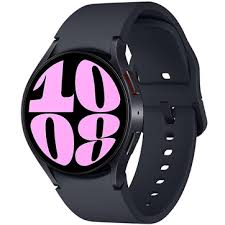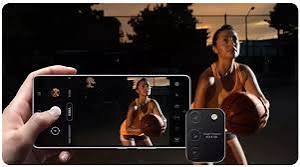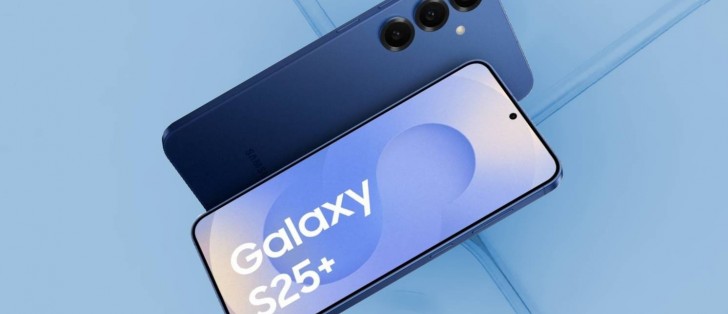Galaxy Watch: How to Enable and Use Fall Detection
When you purchase through links on our site, we may earn an affiliate commission which helps in keeping this website running. Here’s how it works.
Samsung’s Galaxy Watch is packed with features that go beyond fitness tracking and notifications. One of its standout safety features is Fall Detection, designed to help in emergencies by automatically notifying your emergency contacts if it detects a hard fall. Whether you’re prone to falls or want peace of mind for yourself or a loved one, enabling this feature can be a lifesaver. Here’s how to set it up and use it effectively.

What Is Fall Detection on the Galaxy Watch?
Fall Detection uses the watch’s accelerometer and sensors to detect sudden and hard falls. If a fall is detected, the watch vibrates, sounds an alert, and displays a pop-up asking if you’re okay. If no response is received within a set time, it automatically contacts your pre-selected emergency contacts with your location.
How to Enable Fall Detection
- Open the Galaxy Wearable App
On your paired smartphone, open the Galaxy Wearable app.
Ensure your Galaxy Watch is connected to the app.
- Access Safety Features
In the app, scroll down and tap Watch settings.
Select Safety and emergency from the menu.
- Turn On Fall Detectio
Tap Fall detection and toggle it on.
You may be prompted to grant permissions for the feature to work. Accept these permissions.
- Add Emergency Contacts
Tap Emergency contacts and select the people you want to notify in case of a fall.
You can add multiple contacts from your phone’s contact list.
- Set Sensitivity Levels
Adjust the sensitivity for detecting falls:
High Sensitivity: Detects minor falls but may trigger false alerts.
Low Sensitivity: Detects only major falls, reducing false alerts.
Choose a setting based on your activity level and environment.
How Fall Detection Works
- After a Fall
If the Galaxy Watch detects a hard fall:
It will vibrate and display a notification asking if you need help.
Options will appear: I’m OK or Send SOS.
- No Response?
If you don’t respond within 60 seconds, the watch automatically sends an SOS message to your emergency contacts. This message includes your real-time location to help responders find you quickly.
- Manual SOS Activation
You can manually send an SOS by pressing the watch’s Home button (Power button) three times in quick succession.
Tips for Effective Use

Keep Your Watch Updated: Ensure your Galaxy Watch is running the latest software for optimal performance.
Wear the Watch Properly: A snug fit on your wrist improves sensor accuracy.
Test the Feature: Perform a safe test by mimicking a fall on a soft surface to ensure the feature works as expected.
Pair with a Reliable Smartphone: A connected phone ensures faster SOS notifications and accurate location sharing.
When Should You Use Fall Detection?
Fall Detection is especially helpful in the following scenarios:
For Seniors: To provide peace of mind in case of accidental falls.
During High-Risk Activities: Such as hiking, cycling, or working in hazardous environments.
For Medical Conditions: If you have a condition that increases your risk of falling, such as epilepsy or vertigo.
Question:
Can Fall Detection Work Without a Paired Smartphone?
Yes, but only if your Galaxy Watch has an LTE connection. LTE-enabled watches can send SOS messages and share your location directly without relying on a smartphone. However, for non-LTE models, your watch must be paired with a phone for Fall Detection to function properly.
Conclusion
The Fall Detection feature on Galaxy Watch is an invaluable tool for safety and peace of mind. By enabling it and customizing your settings, you can ensure help is just a call away in the event of a fall. Whether for yourself or a loved one, this feature is an excellent example of how wearable technology can enhance everyday life. Stay safe and make the most of your Galaxy Watch!










